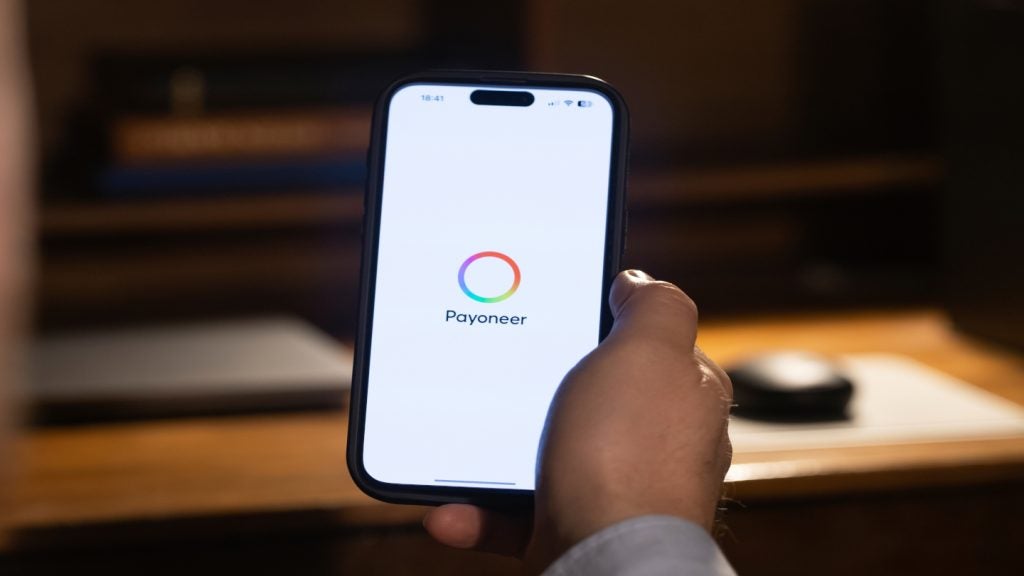Last month, the EPC abandoned its SEPA e-payments framework draft, citing the need to allow the inclusion of old and new stakeholders in the dialogue. But as the e-commerce landscape changes, there is a risk that the market will leapfrog political and standards-setting procedures. Sara Perria reports
New technologies, new participants and the need for new regulations: the migration to the Single Euro Payments Area (SEPA) has yet to be accomplished and it already risks not keeping pace with the more dynamic aspects of the payments industry.
In September 2011 the European Commission started an investigation to establish whether the standardisation of online payments might alienate new entrants from the e-payments market.
As a result, in July this year the European Payments Council announced it was abandoning SEPA e-payments framework, reflecting the need to launch a wider debate with all stakeholders on how to create a secure SEPA online payment environment.
The EPC has suspended all activities related to the draft SEPA e-Payment Framework, including the plan to launch a public consultation on it.
The draft framework was aimed at supporting SEPA-wide interoperability between existing and new e-payment schemes that rely on SEPA credit transfers, in the light of harmonisation and security concerns among European Union authorities and e-merchants for the banking industry.
To what extent is this decision going to affect the development of electronic payments going forward? The question comes naturally as the deadline for all direct debit and credit transfer schemes to meet SEPA standards is looming for the 32 countries that have agreed to it.
A rush for the old business and an unexpected halt for the new developments in the industry: will regulators manage to catch up?
SEPA: where are we?
The EPC admits there isnt much time left before the 2014 deadline. But it is also confident its no mission impossible.
The evidence that we get from large customers that have already migrated is that it is feasible, EPC chairman Javier Santamaria says.
And what we try to do is present those examples to show that after good planning the migration from any kind of company or PA is possible: there are no insurmountable obstacles, the chairman highlights.
These experiences also show what difficulties can be encountered in the migration process. These do not relate to technological difficulties or loopholes. The hard bit is the necessity to coordinate all the parties involved in it.
What we learn from successful examples is that it takes time because payments grow all across the organisation and you have to engage many departments.
It is not only about accounting, but customer service and even human resources as well. What makes it complex is that you have to aggregate those resources in one single project, Santamaria says.
When updating the database, for example, getting a BIC and IBAN is easy from the technical point of view, but then the customer has to be contacted, new information gathered and the technician involved.
Businesses will have to be prepared as well and the bad news, Santamaria says, is that we dont have too much time; we have less than 18 months.
For this reason the EPC is focusing on preventing obstacles and anticipating potential problems.
And SEPA is also seen by the EPC as a help towards a solution to the financial crisis, stressing the situation reinforces the need for swift migration to harmonised SEPA payment schemes.
SEPA is a bet on the euro, and it will help to release its full potential, Santamaria said.
What needs to be done here is then clear and more awareness is the EPC rallying cry on the eve of SEPA adoption.
But Santamaria is clear: We are confident everything will be done in time. It is not an informal deadline but a legal obligation set by a European regulation. We are formally mandated to do so and committed to do so, and I think we should aim at it, Santamaria says.
A virtual obstacle?
What about the curtain drawn over e-payments? Is the time when e-wallets, m-payments become increasingly common jargon the right one to drop this chapter of SEPA regulation?
No it isnt, according to payments consultant Majid Moujane, from software firm Callataÿ & Wouters.
E-payments are in their infancy when compared to other payment methods such as card payments, credit transfers, cash on delivery.
And as e-commerce is expanding it would have been a great opportunity to have common standards to allow any merchant in the SEPA area to be able to transact with any customer having his account in any bank from the SEPA area using e-payments, Moujane adds.
The payments expert is convinced the decision to abandon the e-payments framework and the initial idea to draft a POC (proof of concept) to link three successful e-payments from SEPA (ESP in Austria, Giropay in Germany and iDEAL in Netherlands) will delay the harmonization and the interoperability between SEPA countries. But not the development of the industry.
What we see is that banks from different countries, where a national standard does not exist, are developing their own solutions. So I expect that the absence of European and even national standards will not prevent the development of e-payments, he says.
What will happen then? Moujane forecasts e-payments will be developed under market pressure in non-harmonized and non-interoperable ways leading to market fragmentation, and it will take some time before we have harmonisation in this field, he concludes.
Craig Ramsey, from payments solution provider ACI Worldwide, says: The issue with regulation and legislation is that it can only deal with the current situation. It is very difficult to regulate for future developments.
As a result, it is not likely to lead or keep pace with innovation, which is driven by the market. If anything, regulation is an often necessary burden for the financial services industry rather than an agent for change, he stresses.
The keystone of the debate is indeed SEPA as a political initiative. The decision to create a non-frontiers Shengen area for payments is not stemming from markets needs, and the price to pay may be a lack of coordination with market instances.
As e-payments flourish in different neologisms, from m-payments to e-wallets to contactless payments, concerns increase over the possibility regulators will not manage to deliver a set of rules in time to give consumers the same safeguards they had in the existing environment.
But this is only one side of the coin and not everybody agrees: what if its the other way round and the regulator should not come in too early?
Celent senior consultant Gareth Lodge tells a different story: I dont agree with the idea regulators risk not keeping the pace. If they introduce regulation too early, theyll kill the market raising too many barriers; equally, there has to be a big enough market to be regulated.
In the e-payments market this is the main point as, Lodge stresses that in terms of pace of development I would argue there has been that much innovation.
Often-defined new ways of payments are in fact still based on existing payments networks.
If you look at some e-payments like PayPal, you still have to get money into the system and out of the system. And if you look at where the majority of those payments are, they run over the card network or the ACH (Automated Clearing House) network anyway, the payments expert says.
In this sense, urging a new regulation to come out risks being a red herring.
That of regulation is mainly a consumer protection issue, aimed to make sure new payments systems are as safe and robust as existing ones, Lodge says.
The balance though, the analyst stresses, is that too many safeguards and too early could break the balance and become an unsustainable burden in terms of costs and compliance, stopping all but the largest businesses entering the market place.
This is a central problem, as the main issue with bringing innovation is that, in spite of a high cost in the investment on the one side and on compliance on the other, there is no guarantee the innovation will be a success.
For this reason, Lodge believes the EPC has been slow in delivering: But thats because no bank on its own can be that innovative, you need a market of a certain size, enough people to use the innovation and enough people to accept it. This is why different stakeholders have to work together as an industry. But the more people you have involved, the slower the process is, Lodge explains.
On the other hand, the EPC itself admits concerns over the halt of e-payments legislation.
Santamaria explains: We have abandoned the framework following the investigation by the Competition commission but, on the other hand, we very much agree with what was stated by Competition commissioner Joaquin Almunia over the need to open a wider debate and to help that debate take place.
The EPC is then taking a step back to avoid being a hurdle for the debate.
As for the timing, the EPC says it is waiting for the Competition Commission to issue the conclusions of the Green Paper, published under public consultation this year.
But the chairman stresses the need to launch the debate not wishing to wait until February 2014.
A question could be then raised on why, e-payments not being a novelty, the debate hasnt been launched before.
Perhaps the industry was not in the right state of mind or SEPA had not matured enough.
There is now another debate on the horizon, that of SEPA governance and the need to take into account all views from all stakeholders, not only from the banking industry.







